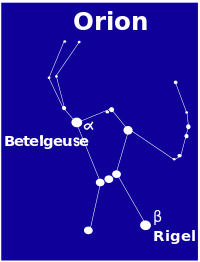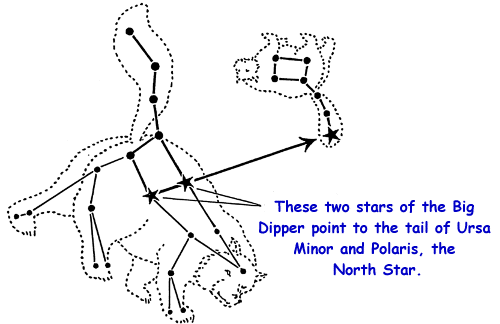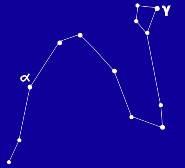|
Orion
Orion is one of the most visible constellations. Because of its location, it can be seen throughout the world. Orion is named after a hunter from Greek mythology. Its brightest stars are Betelgeuse and Rigel. |
 Constellation Orion |

|
Draco
The Draco constellation can be viewed in the northern hemisphere. It means "dragon" in Latin and was one of the 48 ancient constellations. Pegasus The Pegasus constellation is named after the flying horse by the same name from Greek mythology. It can be seen in the northern sky. |
 Constellation Draco |